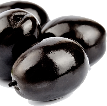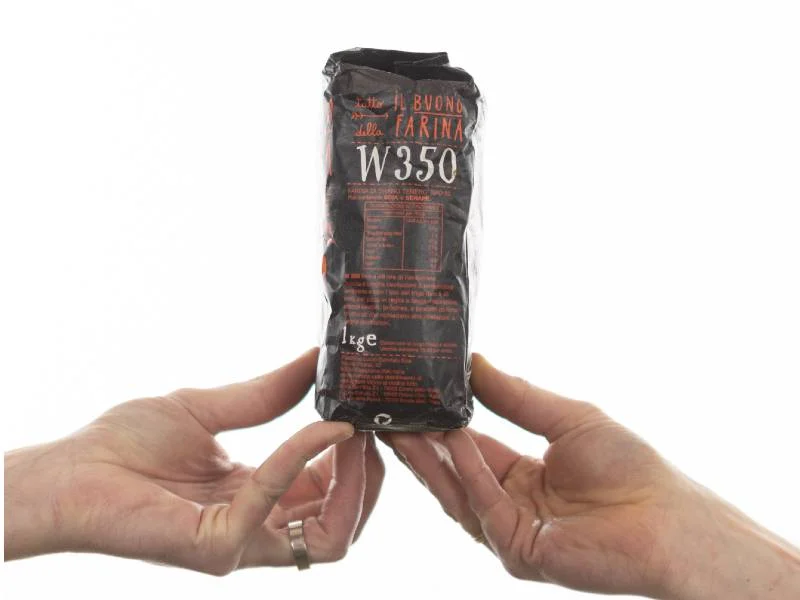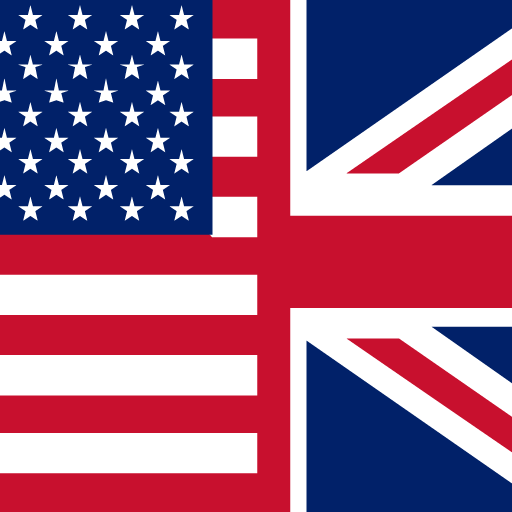







Manitoba: the powerhouse flour

 3394 x views
3394 x views
Manitoba does require some specific instructions. We have some tips for you.
Manitoba is originally wheat flour from the Canadian province of Manitoba. The geographic and climatic conditions there are such that it produces a very strong flour with a high protein content.
Today, Manitoba is also used to refer to the group of strongest flour varieties, with a w-value of 350 or higher, even if the wheat does not originate from Canada.
Manitoba flour is essentially always type 0 or type 00. The type is what's called the degree of extraction. With type 0 or 00 flour, all the whole grain parts of the grain have been sieved out by the miller. Therefore, it's no longer whole grain, but white coloured flour.
Manitoba has three characteristics that make this flour unique:
- STRENGTH – Manitoba is the strongest flour available. Its W-value is somewhere between W350 and W440
- HIGH PROTEIN – Manitoba contains a high percentage of protein, approximately 14% or higher. These are also good proteins that create a strong gluten network
- EXCELLENT WATER ABSORPTION – You can add more water to strong flours than to less strong flours. Manitoba is the only flour suitable for adding 80% or even 100% water These three characteristics make Manitoba unique. It generally produces a very airy dough
Tips for using Manitoba
-
With Manitoba, you can't get away with short fermentations. You'll really need a long ferment, otherwise you won't get a good dough. Making a last minute dough with only a few hours of fermenting / proofing isn't an option with this flour. You'll need to plan the dough.
-
Manitoba can absorb a lot of water, but you do need to give the flour time to absorb that water. So take your time when making Manitoba dough.
-
Building on the previous point, you might want to explore autolyse. This is a technique where you mix flour and water and then give it time to rise. After autolyse, you add the other ingredients, like salt and yeast, and then knead your dough.
Manitoba is primarily used for doughs with high hydration and long rest/rise times. These include:
- Pizza dough
- Poolish
- Focaccia Genovese
- Brioche
- Croissants
- French baguette
- (Sourdough) bread
- Ciabatta
- Panettone
- Donuts




 0
0